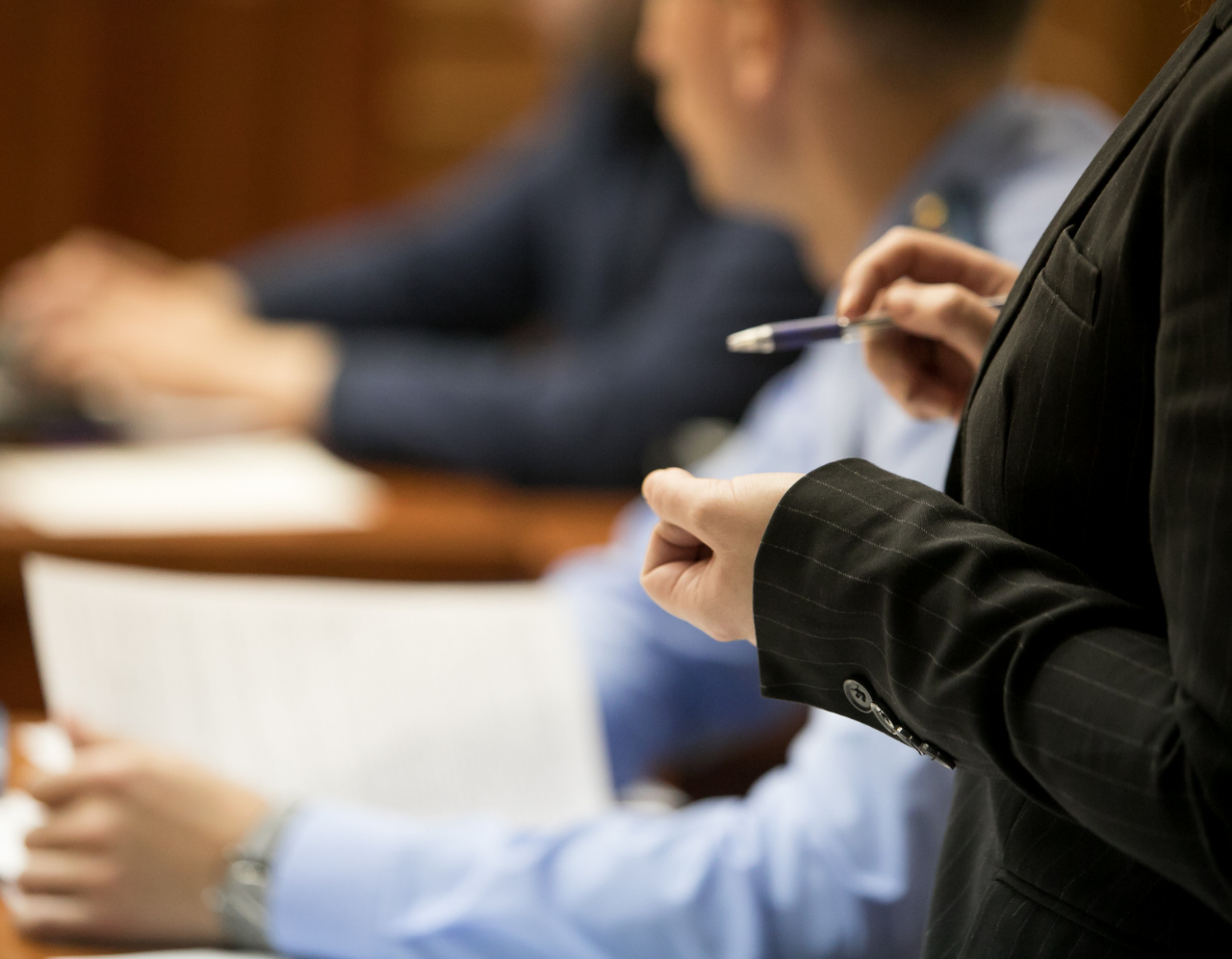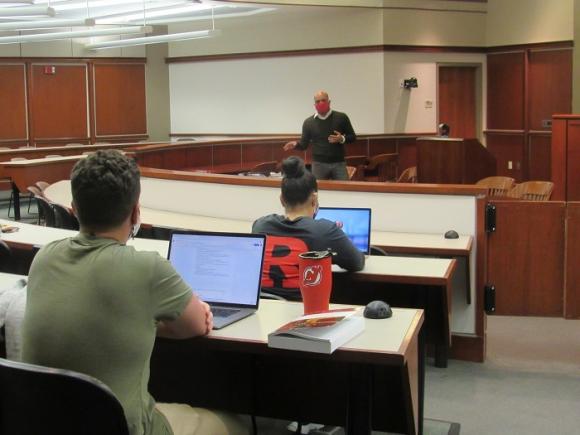How to Enhance Your Situation with Engaging Trial Presentations: Specialist Tips for Attorney
How to Enhance Your Situation with Engaging Trial Presentations: Specialist Tips for Attorney
Blog Article
Navigating the Complexities of Test Presentations: Tips for Seamless Delivery and Engaging Disagreements
In the world of lawful process, the art of trial presentation stands as an essential determinant of success. The complexities fundamental in test discussions call for a fragile equilibrium of skill, approach, and ability.

Understanding Test Purposes
To effectively navigate a test, it is critical to have a clear understanding of the objectives that need to be accomplished. Prior to tipping into the court, legal groups have to specify their goals and desired results. These goals function as leading concepts throughout the test, forming strategies and influencing decision-making processes.
Comprehending test goals entails a thorough evaluation of the case, lawful criteria, and the customer's best rate of interests. Trial Presentations. It calls for a meticulous evaluation of the truths, determining essential problems, and expecting prospective difficulties. By setting particular and measurable goals, attorneys can tailor their disagreements and presentations to align with the desired outcomes
Additionally, a clear grip of test goals allows legal groups to focus on proof, witnesses, and legal arguments effectively. It enables the growth of a meaningful narrative that resonates with the discretionary, enhancing the overall instance discussion.

Organizing Proof Efficiently
Having a clear understanding of trial objectives lays the foundation for arranging proof successfully in legal proceedings - Trial Presentations. By aligning the discussion of proof with the desired outcomes of the test, lawful groups can reinforce their disagreements and improve their persuasiveness. One important aspect of arranging proof is categorization. Organizing proof based on motifs or importance to particular legal elements can help improve the discussion and make complicated information more absorbable for the judge or court.
One more crucial element in organizing proof efficiently is developing a rational circulation. Providing proof in a sequential and systematic manner can help construct a compelling narrative that sustains the lawful disagreements being made. Furthermore, utilizing aesthetic help such as charts, graphes, or timelines can even more boost the organization of evidence and aid in clarifying complicated relationships or sequences of occasions.
Furthermore, making sure that all proof presented is relevant and acceptable to the instance is essential. Pointless or inadmissible evidence can detract from the stamina of the debate and possibly harm the trustworthiness of the offering celebration. Consequently, a meticulous review and choice process must be taken on to consist of just the most lawfully sound and impactful evidence in the trial presentation.
Crafting Persuasive Narratives
Crafting compelling narratives plays a pivotal function in presenting influential disagreements during lawful procedures. When constructing a story for a trial discussion, it is vital to develop a clear story that highlights crucial factors and connects them in a meaningful fashion. By weaving together proof, testimony, and legal disagreements into a convincing and cohesive narrative, lawful specialists can effectively advocate for their customers and increase the chance of a desirable end result in the court.
Understanding Aesthetic Help
Efficient usage of visual help is key to improving the impact and clearness of trial discussions. Visual aids, when made use of strategically, have the power to simplify intricate information, strengthen vital points, and leave an enduring impact on the discretionary. To grasp aesthetic help in trial presentations, it is vital to ensure that they are clear, concise, and appropriate to the debates being made.
When incorporating visual aids, such as charts, charts, photographs, or timelines, into a trial presentation, it is necessary to maintain them aesthetically appealing yet specialist. The visuals need to complement the verbal arguments, providing a visual representation of the info being gone over without go to the website frustrating the target market with unneeded details.
Additionally, exercising with the aesthetic aids in advance is critical to ensure a smooth distribution throughout the test. Acquainting oneself with the material, shifts, and timings of each visual aid can help maintain the circulation of the discussion and stop technological glitches that may arise.
Supplying Impactful Closing Debates
An engaging closing disagreement acts as the end result of a test discussion, encapsulating the core narrative and encouraging the discretionary towards a favorable choice. To provide an impactful closing disagreement, it is essential to succinctly recap key factors, highlight the staminas of your case, and address any kind of weaknesses in a strategic fashion. Begin by detailing the primary arguments that sustain your client's position, stressing why the evidence offered throughout the test supports your story. It is necessary to produce a sense of cohesion and clearness, guiding the discretionary in the direction of the preferred conclusion.
In addition, incorporating sob story can additionally strengthen your closing disagreement. By attaching and humanizing the instance on a personal level with the decision-makers, you can stimulate compassion and understanding, influencing their understanding of the realities presented. Furthermore, stating the legal requirements that have to be met for a beneficial judgment can enhance the validity of your setting. Inevitably, a well-crafted closing debate ought to leave an enduring impact, engaging the discretionary to rule in your client's favor.
Conclusion
To conclude, grasping trial presentations includes comprehending goals, arranging proof, crafting stories, using aesthetic aids, and providing impactful closing disagreements. By carrying out these techniques successfully, attorneys can provide their situation effortlessly and make compelling disagreements in the courtroom. It is essential to navigate the complexities of test discussions with accuracy and skill to achieve success in legal process.
By straightening the discussion of evidence with the desired outcomes of the test, lawful teams can strengthen their arguments and enhance their persuasiveness (Trial Presentations). To understand aesthetic aids in trial discussions, it is vital to make sure that they are clear, concise, and relevant to the debates being made
A compelling closing argument offers as the conclusion of a trial discussion, enveloping the core narrative and persuading the court and jury in the direction of a desirable decision. Begin by outlining the major disagreements that support your customer's placement, stressing why Continue the proof provided throughout the test sustains your narrative.In conclusion, understanding test presentations involves link recognizing purposes, organizing evidence, crafting stories, utilizing visual help, and delivering impactful closing arguments.
Report this page